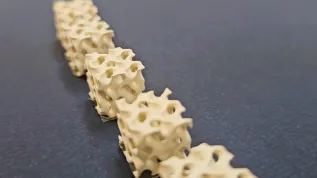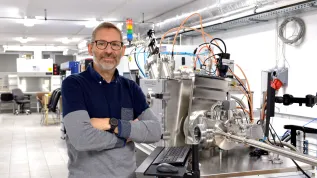
A ‘robotic hand’ that can help cure fear of spiders through virtual touch therapy has been developed by students in Lodz.
By putting their hands inside a specially designed glove, arachnophobia suffers can experience the sensation of touching a spider without actually doing so.
Co-creator Julia Dominiak from the UbiCOMP Science Club at the Lodz University of Technology said: “Both the spider and the arm are made of a special, electrically conductive 3D material. This allowed us to create an interface that detects when the arm touches the spider.
“At this moment, information in the form of vibrations is sent to the patient. Strong vibrations felt on the fingertips are comparable to the sensation experienced when touching hairs or a living organism.”
The students came up with their creation after discussing treatment techniques with therapists which showed that touch played an important part.
Dominiak said: “We focused on the idea that a robotic arm resembling a human hand and forearm could be controlled by sensors located from the elbow to the fingers. The patient controls it through a sleeve and gloves equipped with motion sensors.
“The glove collects information about the patient's movements and sends a signal to the robotic arm, which performs these movements. It is a virtual hand that you can put in the terrarium with the spider and move it as you want.”
Preliminary research with volunteers has so far proven to be successful, with the subjects finding that the controls allowed them to easily imagine that their own hand was touching a spider in a terrarium.
This is the first time robotics have been used in the treatment of arachnophobia.
The innovation won a silver medal at the International Warsaw Inventions show (IWIS).
In addition to Julia Dominiak, the inventors include: Mikołaj Woźniak, Adam Lewczuk, Dr. Krzysztof Grudzień, Dr. Zbigniew Chaniecki, Dr. Andrzej Romanowski, Dr. Jacek Nowakowski and Dr. Adam Rylski.
PAP - Science in Poland, Karolina Duszczyk
kol/ ekr/ kap/
tr. RL
Gallery (5 images)
-
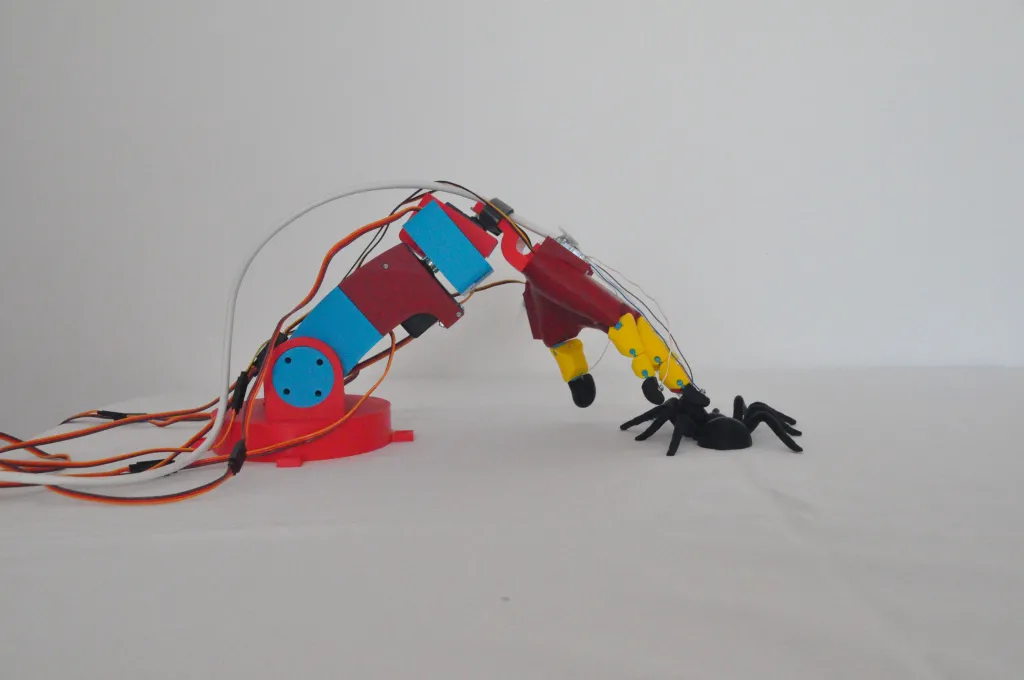 1/5Photo: press materials
1/5Photo: press materials -
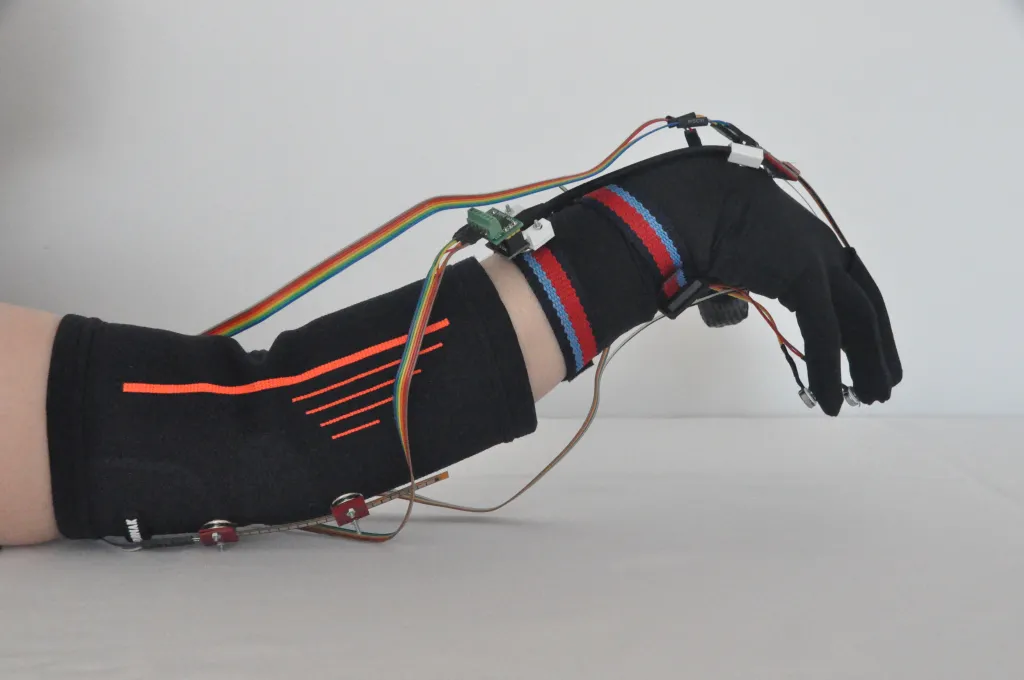 2/5Photo: press materials
2/5Photo: press materials -
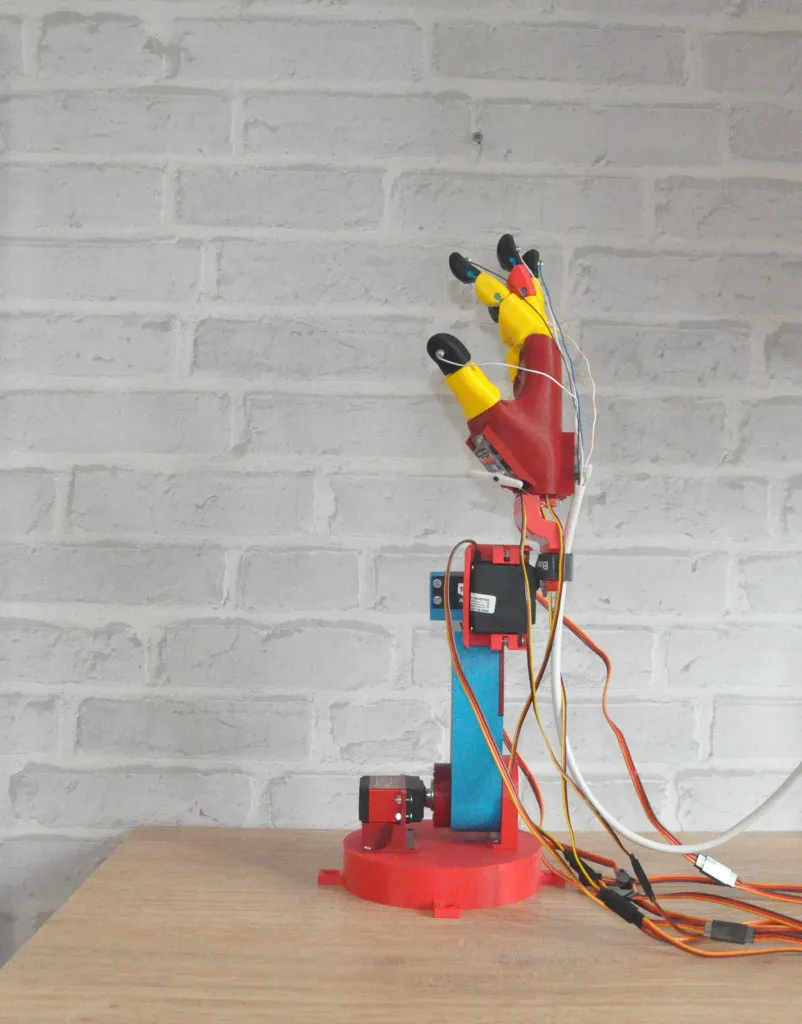 3/5Photo: press materials
3/5Photo: press materials -
 4/5Photo: press materials
4/5Photo: press materials -
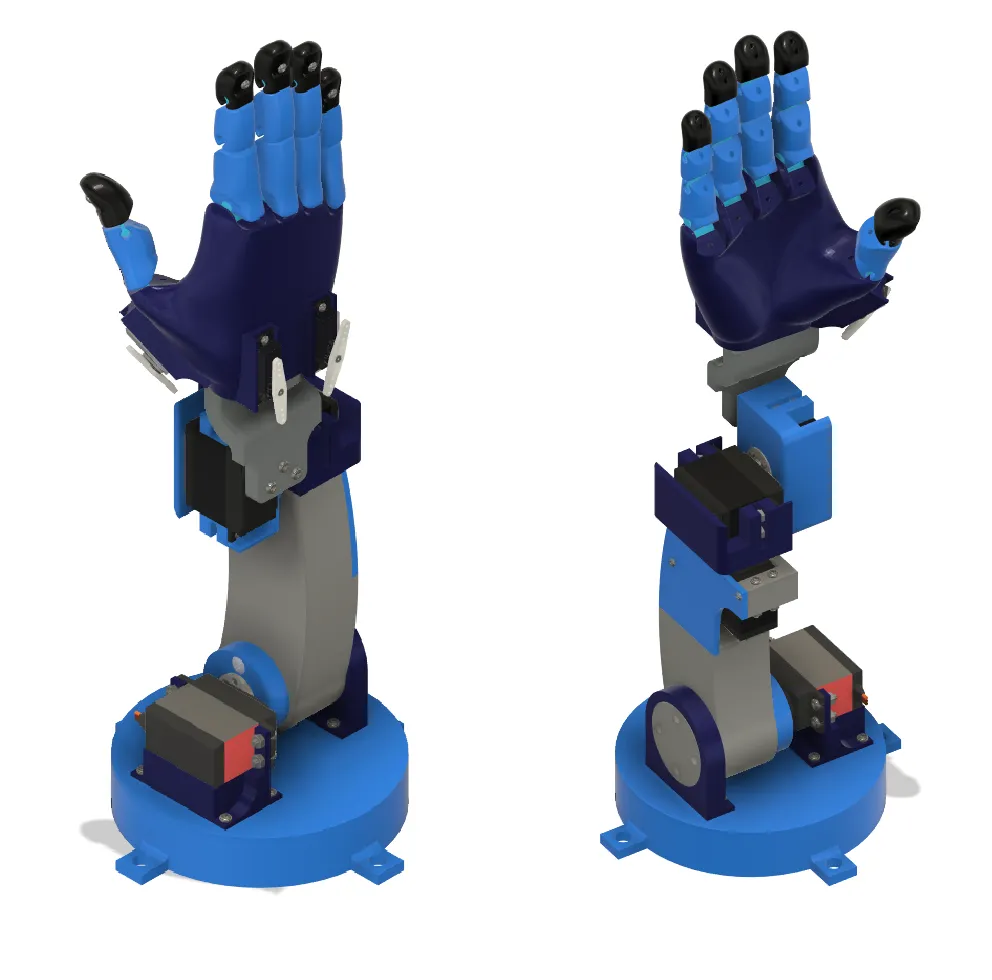 5/5Photo: press materials
5/5Photo: press materials

